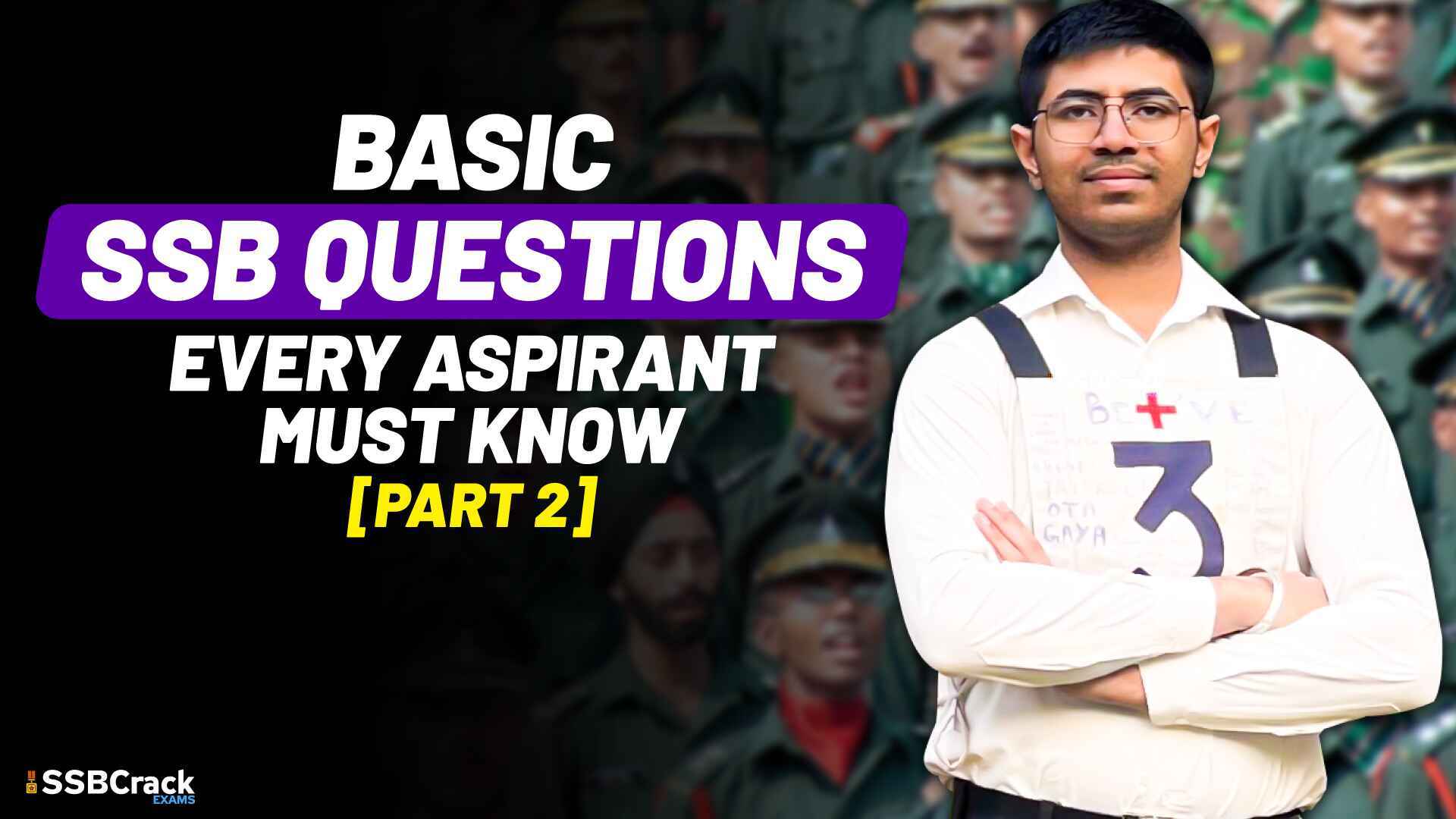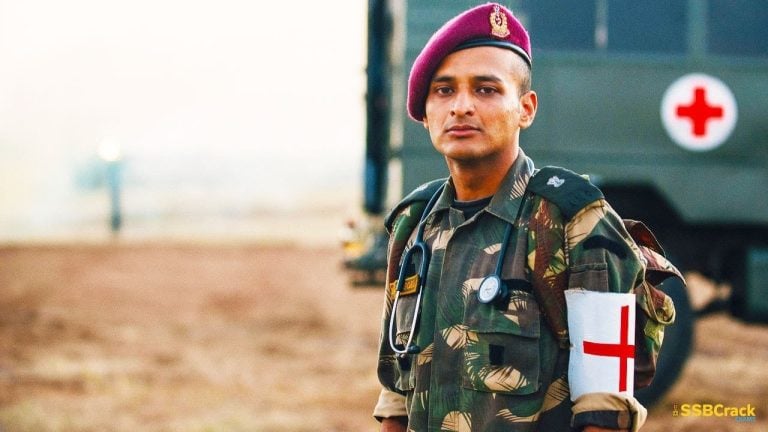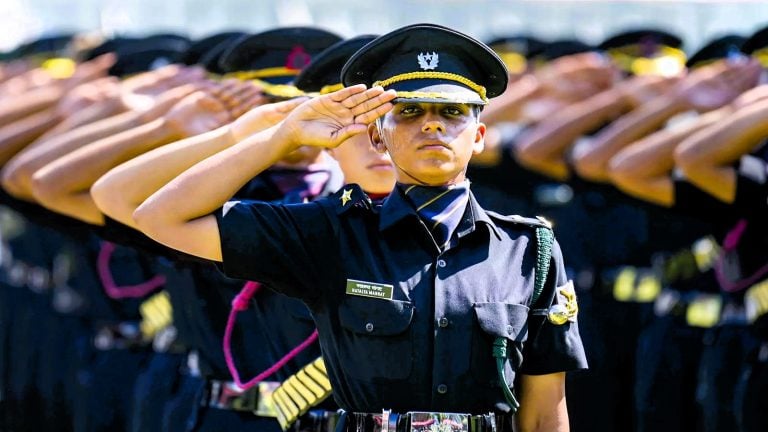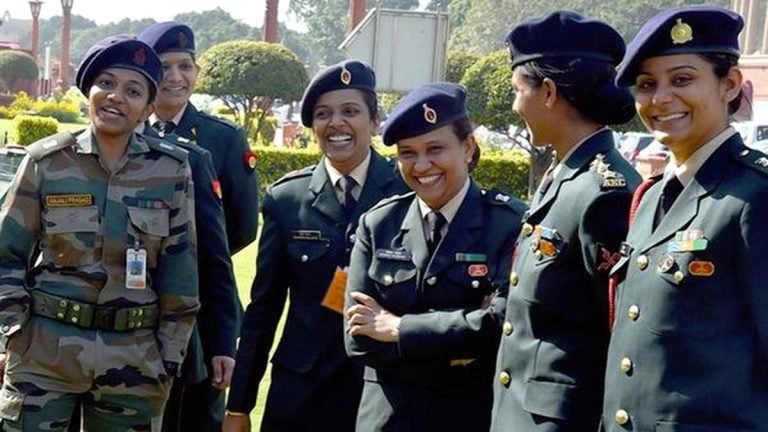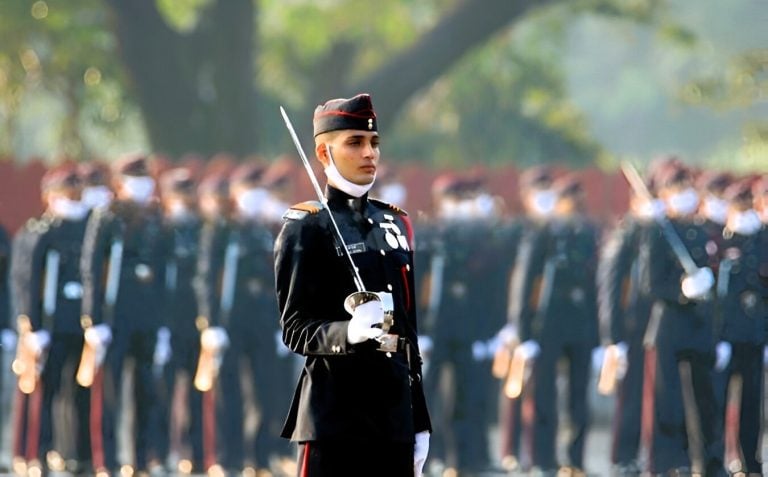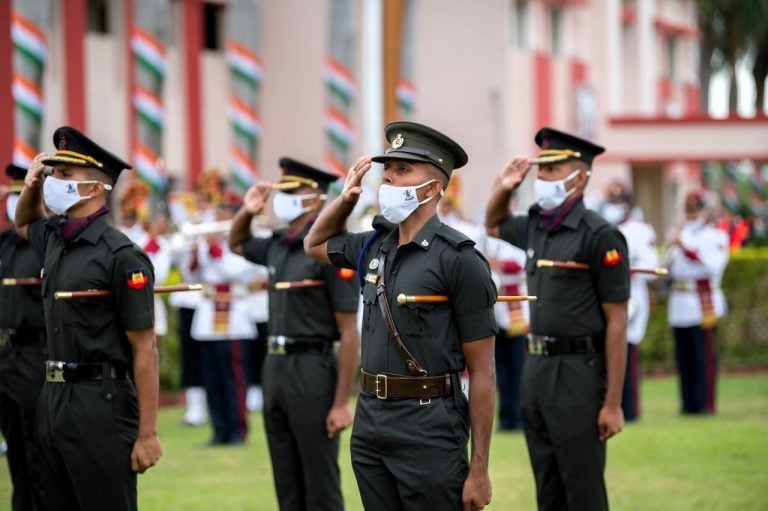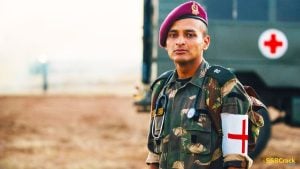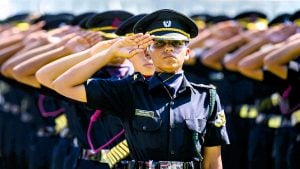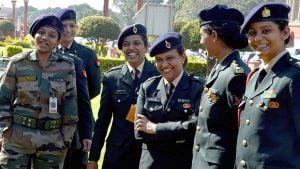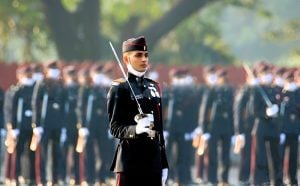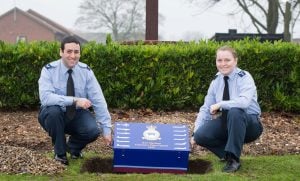The Services Selection Board (SSB) Interview is a pivotal stage in the selection process for candidates aspiring to become officers in the Indian Armed Forces. This comprehensive evaluation assesses a candidate’s suitability for a career in the military, focusing on personality, intelligence, and compatibility with military life. To help you prepare, we’ve compiled a list of 50 essential questions that cover a wide range of topics you might encounter during your SSB interview. Understanding these questions and formulating thoughtful answers will significantly boost your confidence and performance.
- What type of ships does the navy use? The Indian Navy uses aircraft carriers, destroyers, frigates, corvettes, submarines, and amphibious warfare ships.
- How many commands does the navy have and where are they? The Indian Navy has three operational commands: Western Naval Command (Mumbai), Eastern Naval Command (Visakhapatnam), and Southern Naval Command (Kochi).
- Do you know about article 370? Article 370 of the Indian Constitution provided special autonomy to Jammu and Kashmir. It was abrogated on August 5, 2019, making J&K and Ladakh Union Territories.
- What is the supersonic missile of India? Tell about it. BrahMos is a supersonic cruise missile developed jointly by India and Russia. It can be launched from ships, submarines, aircraft, or land platforms.
- Describe India’s physical features. India features the Himalayas in the north, the Indian Ocean in the south, the Thar Desert in the west, and the Eastern and Western Ghats mountains running along the eastern and western coasts, respectively.
- State law of motions with daily life example. Newton’s First Law: A book on a table remains at rest until pushed. Newton’s Second Law: A car accelerates faster when pushed harder. Newton’s Third Law: When you jump off a small boat, the boat moves backward.
- What is DRDO? The Defence Research and Development Organisation (DRDO) is India’s agency charged with military research and development.
- Can you tell about IGMDP? The Integrated Guided Missile Development Programme (IGMDP) was an Indian Ministry of Defence program for the research and development of a comprehensive range of missiles, including Agni and Prithvi.
- Name at least 5 regiments of the Indian army. Punjab Regiment, Madras Regiment, Rajputana Rifles, Sikh Regiment, Maratha Light Infantry.
- Explain resistance, current, voltage? What is the relation? Voltage (V) is the electrical potential difference, current (I) is the flow of electric charge, and resistance (R) is the opposition to current flow. Ohm’s Law states V=IR.
- Give a few indigenously made equipment names. Arjun MBT (Main Battle Tank), Tejas Light Combat Aircraft, INS Vikrant (aircraft carrier), Akash missile system, Dhruv Advanced Light Helicopter.
- What is DAC? Who is the chairperson? The Defence Acquisition Council (DAC) is the highest decision-making body in the Ministry of Defence for procurement. The Defence Minister is the chairperson.
- Can you name some PSU which assists defence production? Hindustan Aeronautics Limited (HAL), Bharat Electronics Limited (BEL), Bharat Dynamics Limited (BDL), Mazagon Dock Shipbuilders Limited (MDL).
- What is AWACS? Airborne Warning and Control System (AWACS) is an airborne radar system designed to detect aircraft, ships, and vehicles at long ranges and perform command and control of the battle space in an air engagement by directing fighter and attack aircraft strikes.
- Which countries border India, tell from west to east? Pakistan, Afghanistan (small border in the north-west), China, Nepal, Bhutan, Myanmar, Bangladesh.
- What are the water bodies around India? The Arabian Sea to the west, the Indian Ocean to the south, and the Bay of Bengal to the east.
- Name the states along the coastline of India from west to east. Gujarat, Maharashtra, Goa, Karnataka, Kerala, Tamil Nadu, Andhra Pradesh, Odisha, West Bengal.
- Tell About ISRO. The Indian Space Research Organisation (ISRO) is the space agency of the Government of India, headquartered in Bengaluru. It is responsible for the nation’s space program and applications like satellite communication, Earth observation, and exploration of space.
- What is ISRO’s significance to the armed forces? ISRO provides critical capabilities in satellite communication, navigation (through the NAVIC system), and surveillance, enhancing the operational capabilities of the Indian Armed Forces.
- Do you know about gallantry awards? India’s gallantry awards include the Param Vir Chakra, Maha Vir Chakra, and Vir Chakra, awarded for acts of bravery in the battlefield, and the Ashoka Chakra, Kirti Chakra, and Shaurya Chakra, awarded for peacetime valor.
- What is the primary weapon used by Indian soldiers? The primary weapon has been transitioning from the INSAS rifle to more modern firearms like the SIG 716 and AK-203 assault rifles.
- What is honorary rank in the army/navy/airforce? Who got it? Honorary ranks are conferred as a mark of respect, often to distinguished personalities. Examples include MS Dhoni and Abhinav Bindra, who have received honorary ranks in the armed forces.
- What are the river sources of India? Name some west flowing and east flowing rivers? West-flowing: Narmada, Tapi. East-flowing: Ganga, Brahmaputra, Godavari, Krishna.
- What are the layers of the atmosphere? Relate its use to armed forces. Troposphere: Weather phenomena; affects aviation. Stratosphere: Jet aircraft often fly here to avoid weather. Mesosphere: Meteor burning; surveillance for ballistic missile launches. Thermosphere: Satellite orbits for communication and reconnaissance. Exosphere: The outermost layer where Earth’s atmosphere merges into space; relevant for high-altitude satellites.
- Tell about the special forces of the Indian armed forces. Special forces include the Para (SF) of the Army, MARCOS (Marine Commandos) of the Navy, and Garud Commando Force of the Air Force, trained for specialized operations such as counter-terrorism, reconnaissance, and direct action.
Conclusion
These questions span a broad range of topics, from personal background and motivations to technical knowledge and ethical considerations, reflecting the diverse aspects evaluated during the SSB interview process. Remember, the key to success is not just knowing the right answers but understanding yourself, staying informed, and being able to communicate your thoughts clearly and confidently. Good luck with your preparation and future endeavors in joining the esteemed ranks of the Indian Armed Forces.

